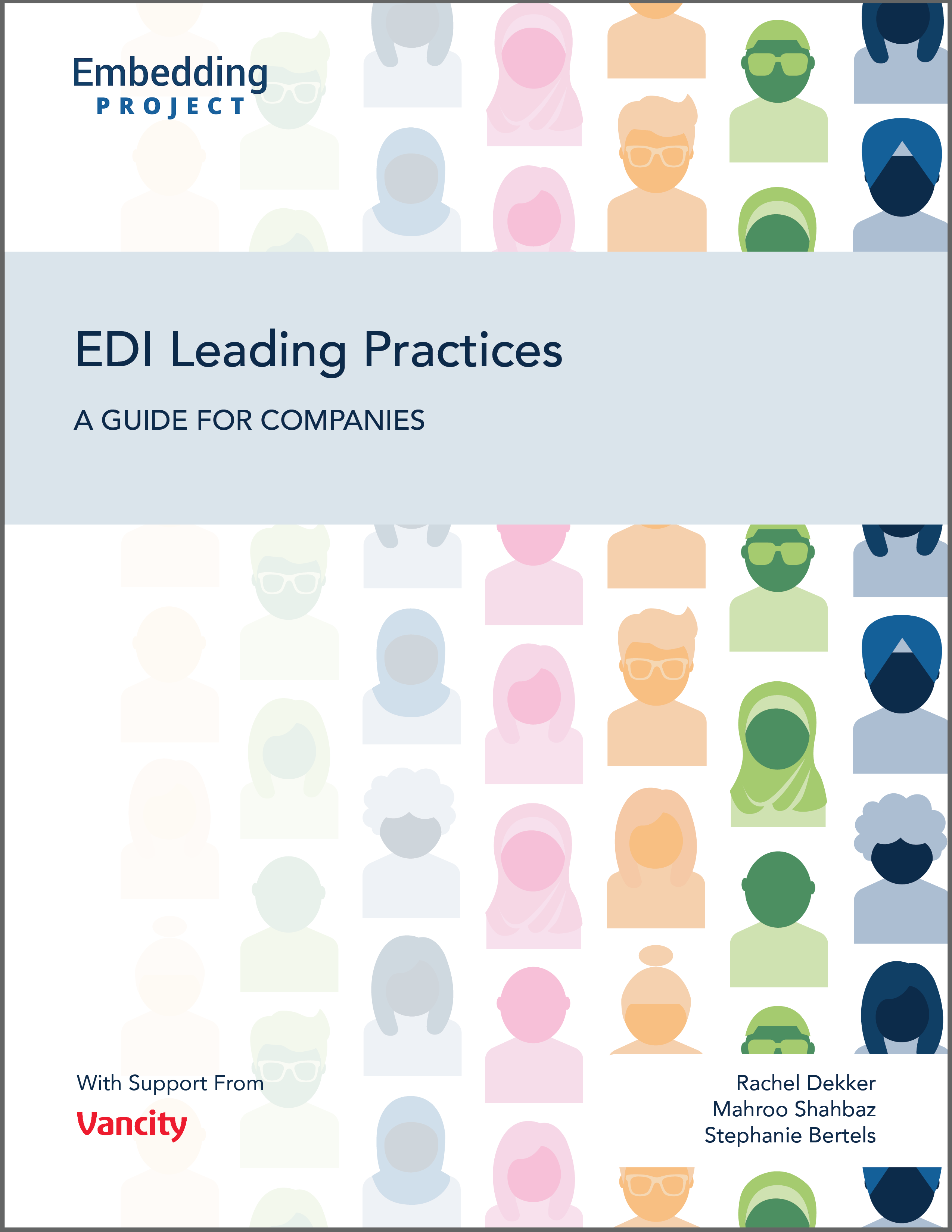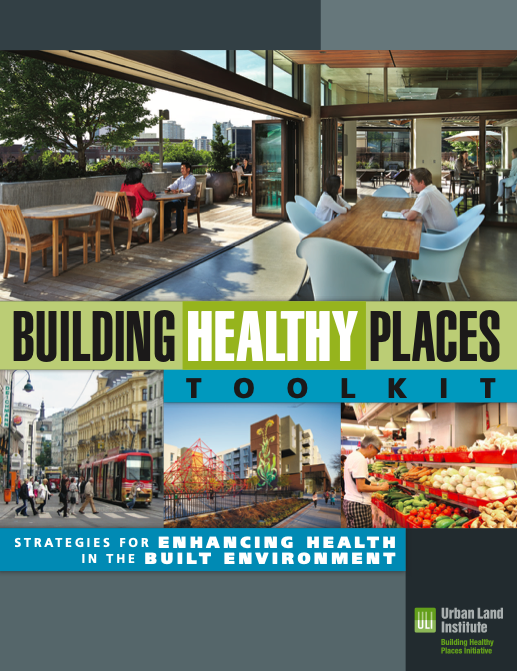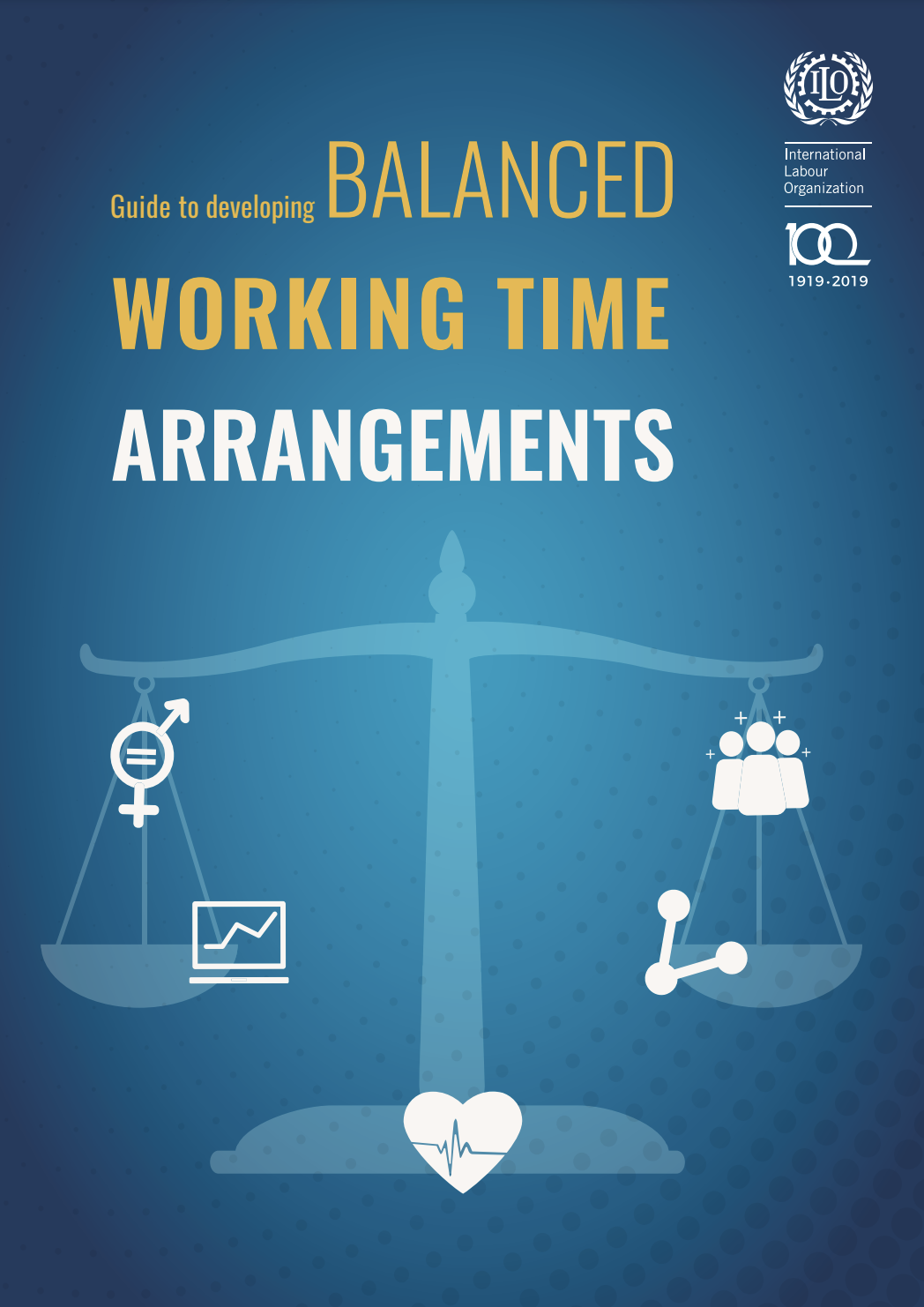Healthy and Inclusive Workplace Design
Description
Workplace design and set-up allow employees to benefit from natural lighting and airflow. The company actively engages in health promotion, including the option (but not requirement) to obtain annual flu and virus inoculations, ergonomic workstation equipment and set-up, time for movement breaks, or incentives to participate in sports or other outdoor/health promotion activities. Where the company provides meals, most meal options are healthy, nutritious, and culturally appropriate. Workers have access to adequate leisure time and exercise, including where workers are employed in labour camps, on vessels, in factory communities, or other settings where they are unable to go home on their personal time. The workplace, accommodations, and any communal spaces are designed and built to be accessible to persons of diverse abilities. The company makes reasonable accommodations for workers to work in the home, where feasible and safe, and provides the necessary hardware, software, and ergonomic workstation equipment for workers to do so.
Share this Subissue on:LinkedIn
Resources
EDI Leading Practices: A Guide for Companies
Workplace equity, diversity, and inclusion (EDI) is a complex and rapidly evolving space, and increasingly, companies are interested in understanding how to meaningfully advance EDI in their organisations. To help them do so, we consulted EDI research and guidance, reviewed practices of over 100 companies, and sought input from practitioners across a range of industries and geographies. Our Equity, Diversity, and Inclusion Leading Practices Guide offers a comprehensive framework with practices, case studies, and resources to help organisations embed EDI into their strategy, structures, and culture.
WELL Building Standard
This research-informed resource from the International WELL Building Institute (IWBI) will help you to create and support thoughtful and intentional spaces that enhance human health and well-being. WELL draws upon the expertise of medical professionals, public health experts, building scientists, and thousands of other practitioners and WELL users to advance the quality of life of workers. The standard addresses ten key concepts such as air, light, thermal comfort, movement, and materials in the workplace, and provides evidence-based recommendations for performance-testing and optimisation.
Building Healthy Places Toolkit
This toolkit from the Center for Active Design outlines opportunities to improve worker health through changes in approaches to buildings and projects. Developers, owners, property managers, investors, and others involved in real estate decision-making can use these strategies and tactics to create places that contribute to healthier people and communities.
The Toolkit provides 21 evidence-based recommendations that are supported by action-oriented best practice strategies. The report also includes seven schematics that illustrate how the recommendations can be applied across real estate product sectors.
The Office Guide to Building Health
This manual will help you to to create a healthy, welcoming environment, and offers guidance to support the health and productivity of your team through evidence-based design and operational approaches - regardless of budget, capacity, or expertise. This manual is a good starting point for understanding the essential factors that create a health-promoting workplace, and is specifically directed towards company leaders, officer managers, and design teams from tenant companies in commercial projects.
Fitwel Resources
Fitwel has created and compiled publications, research, certifications, and digital tools to help create healthy and engaged communities. Users can select one of six focus areas: neighborhoods, housing, workplace, editorials, case studies, publications, and COVID-19 resources. In particuar, their Office Guide to Building Health will help decision-makers locate and select an appropriate space; design and fit out the space to prioritise health and wellness; and strengthen existing spaces by adjusting prioriities and establishing policies and procedures.
Decent Working Time: Balancing Workers’ Needs with Business Requirements
This resource from the International Labour Organisation (ILO) provides a framework for policies and practices that can help you to advance the goal of decent work in the area of working time. It introduces and explains five dimensions of "decent working time," including healthy working time, family-friendly working time, gender equality through working time, productive working time, and choice and influence regarding working time. It also provides tangible and practical actions that your company can take immediately to advance these dimensions.
Guide to Developing Balanced Working Time Arrangements
This practical guide from the International Labour Organisation (ILO) can help you to make informed decisions on working time arrangements, such as structuring work schedules in a balanced manner that benefits both your employees and the company at large. It features a set of guiding principles for developing balanced working time arrangements; provides tips, examples, and recommendations for how to structure different types of working time arrangements; and provides a collaborative four-step process for designing and implementing these arrangements. This resource will be of particular benefit to HR professionals, sustainability change agents, operations managers, and senior leaders.






